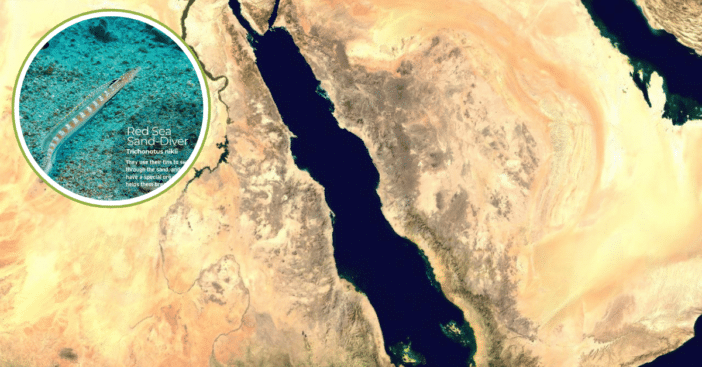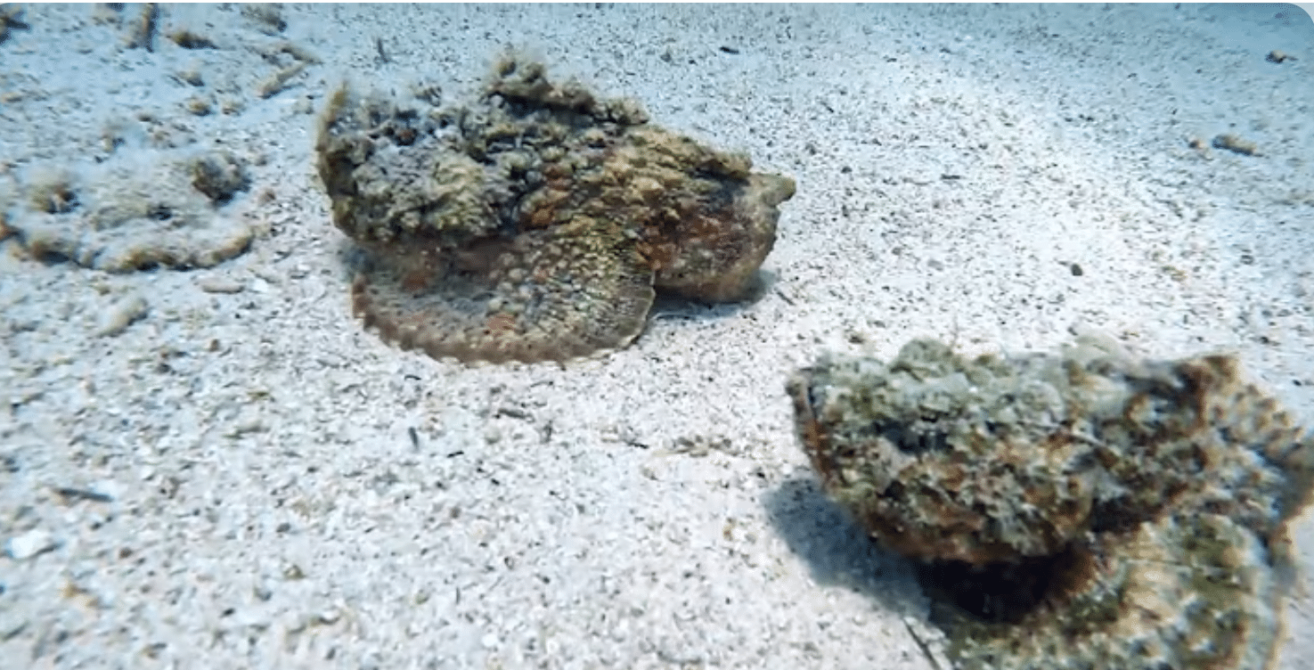
A ground-breaking discovery was recently made in the region of the Red Sea, where Moses is said to have parted the waters in the Bible. This find is significantly more comprehensive than earlier ones and also has researchers in disbelief.
According to experts, this deep-sea environment may provide information about the circumstances of far-off “water worlds” outside of our solar system. Due to its distinct features, the area is among the most hostile environments ever investigated, generating fresh debates over Earth’s history and the potential for extraterrestrial life.
What did explorers discover in the area where Moses parted the Red Sea?

Natural “death traps” have been discovered by scientists studying the Red Sea deep beneath its surface. The water in the Gulf of Aqaba’s brine pools is ten times saltier than typical saltwater. Any marine species that enters is instantaneously stunned or killed by the deadly environment created by the severe salinity and total absence of oxygen.
To investigate these tunnels, a study team headed by University of Miami oceanographer Sam Purkis used remotely operated submersibles and sophisticated deep-sea probes. Comparable formations have been discovered in the Antarctic and the Mediterranean though the depth is different. According to scientists, these pools might be very similar to the hostile circumstances of early Earth.
View this post on Instagram
Scientists warn of the dangerous sea creatures lurking around the area
Large predators may also exploit these lethal circumstances by lurking close to brine pools to seize food that has been rendered weaker by the poisonous waters, according to research. This behavior has captivated biologists because it demonstrates a distinct hunting technique in one of the planet’s most hazardous habitats.

In addition to endangering marine life, these pools might potentially protect important geological and historical documents. The sediment at the bottom of the brine pools is left undisturbed because not many species can live there. Scientists think that a completely preserved chronology of previous geological occurrences and climate changes can be found in these layers.
